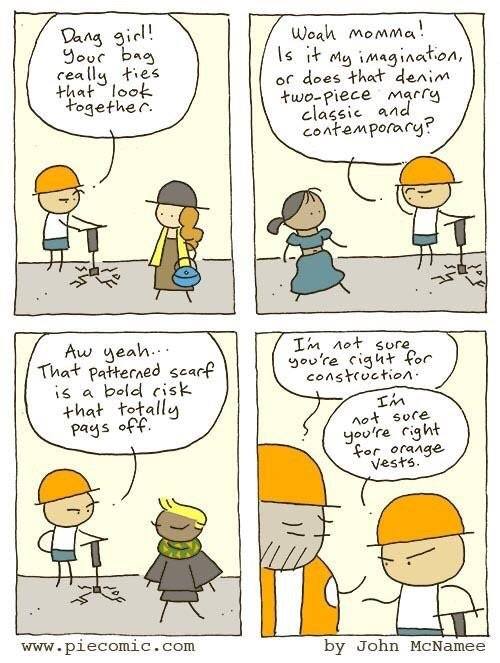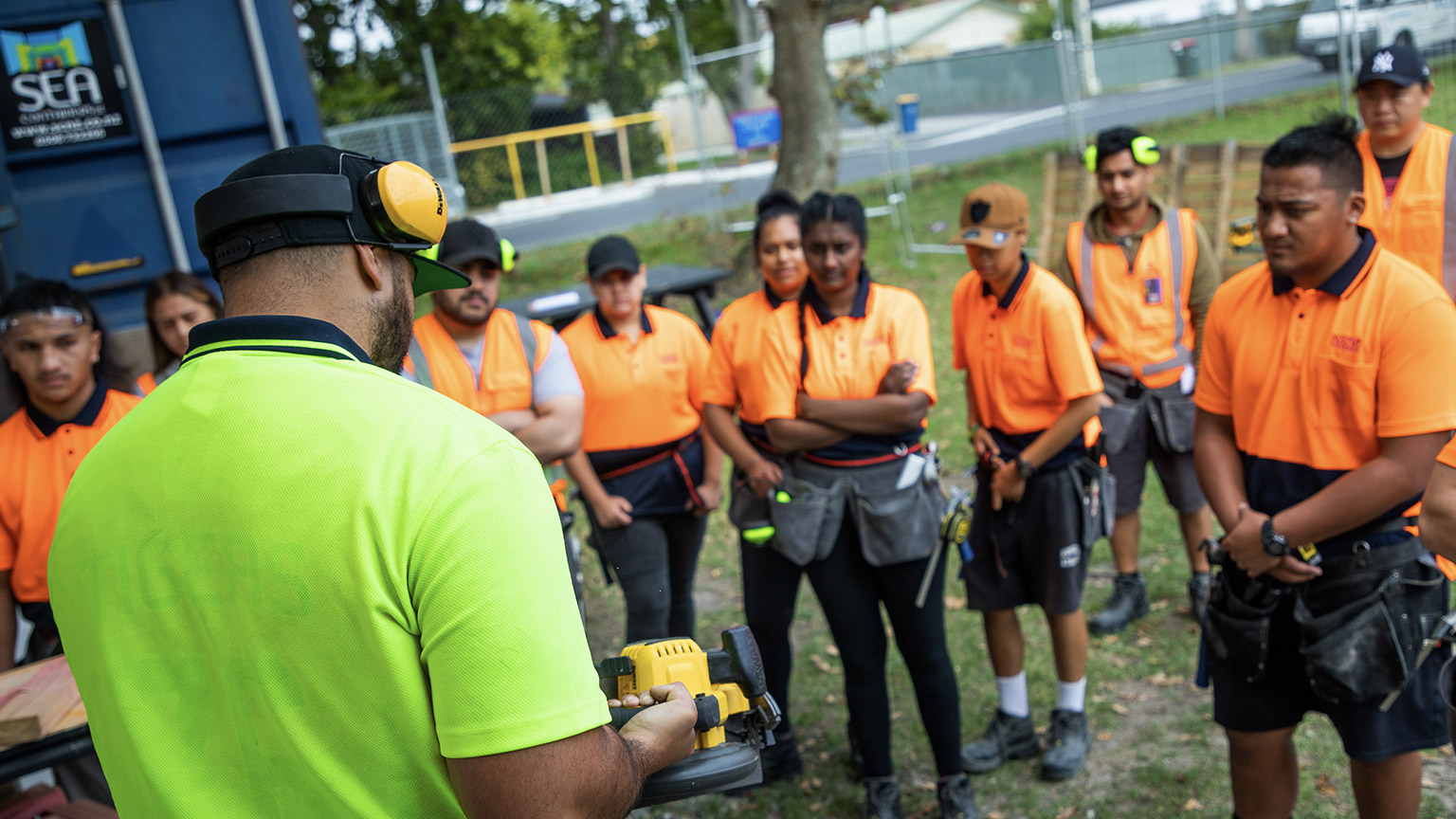Quality training programmes should include evaluation as a crucial component of their planning process. Without evaluation, it's hard to know if training works and resources are used well. Evaluations for basic training should involve a set of standards that can be both subjective and objective.
Let's look at each criterion closely.
Subjective Criteria
Subjective criteria call for participants' opinions about their impressions of training effectiveness.
This can be done during training or after it ends. The trainers or organisers may make similar evaluations.
Here are some examples:
- How did you feel about the training overall? Did you find it engaging and relevant to your job?
- Did the training meet your expectations? Did you learn new skills or information you can apply in your work?
- Do you think the training helped improve your performance or productivity in any way?
Objective Criteria
Objective criteria rely on measurable outcomes and observable behaviours.
These criteria involve quantifiable data and performance metrics.
Here are some examples:
- the percentage of participants who passed a post-training assessment,
- the number of errors made during a practical skills demonstration,
- or the time it took for participants to complete a task before and after training.
Focusing on objective criteria allows organisations to assess training effectiveness based on concrete evidence rather than subjective opinions.

Recording training activities is critical to managing a construction site in New Zealand, as in many other industries. By documenting training sessions, maintenance activities, and certifications, companies can ensure the safety and competency of their workers.
Additionally, maintaining these records is essential for regulatory compliance and enables organisations to track the developmental progress of their team members, identifying areas for growth and improvement.
Some other common practices for documenting and recording training activities on-site could include:
- Project Training Plans
- Workers' Training Records
- Training Sign-In Sheets
- Gaining Certificates and Licenses
- Toolbox Talks
- Personal Training Logs
- Unique Hazards or Site-Specific Training
Licensed Building Practitioners Portal
The LBP (Licensed Building Practitioner) portal is an online platform designed by the New Zealand government to facilitate the recording and tracking of skills maintenance information for licensed building practitioners.
It helps licensed building practitioners keep track of their skills maintenance activities. This portal is important because it ensures that practitioners meet the requirements for maintaining their skills as mandated by the New Zealand Building Act. By using the portal, practitioners can show that they're staying up-to-date and compliant with regulations.
The government actively supports workers in documenting their achievements by redesigning the LBP online portal (as you can see in the image above).
With this new system, workers can easily record and upload relevant information about their skills maintenance activities as they progress. This initiative aims to streamline tracking and managing professional development, ensuring workers stay up-to-date with their required skills and certifications.
Documentation and record-keeping practices can differ between construction sites, influenced by company policies, project characteristics, and regulatory obligations.
These training records should be regularly updated to reflect additional training, retraining, or worker status changes. This ensures that everyone on the construction site remains appropriately trained and competent.

Reinforcement and feedback play a crucial role in evaluating training activities. It provides ongoing support and guidance to workers.
Positive reinforcement, such as recognition for completing training tasks or achieving milestones, can motivate workers to engage more fully in the training process. Constructive feedback offers valuable insights into areas for improvement, helping workers understand their strengths and weaknesses.
John Hattie, in his book ‘Visible Learning for Teachers’ offers the following guide for effective feedback questioning:
| FEEDBACK LEVEL | MAJOR QUESTIONS | FEEDBACK QUESTIONS |
|---|---|---|
| Task |
How well has the task been performed? Is it correct or incorrect? |
Where am I going? How am I going? Where to next? |
| Process | What strategies are needed to perform the task? Are there alternative strategies that can be used? | How am I going? What progress is being made towards the goal? |
| Self-Regulation |
What is the conditional knowledge and understanding needed to know what you are doing? |
Where to next? What activities need to be undertaken next to make better progress? |
Formal reinforcement structures are built into most learning programmes.
Tailoring these formal reinforcement strategies to your construction company’s specific needs and culture is essential. Effective reinforcement programmes motivate workers and contribute to their professional development and the overall success of the construction projects.
Some forms of positive reinforcement include:
- Awards and Recognition
- Promotions and Advancements
- Certifications and Qualifications
- Skill Development and More Training Opportunities
- Employee of the Month
- Team Awards or Peer Recognition
Practice

Fashion jokes aside, giving constructive feedback can be awkward if you’re not used to giving or receiving one. The key is to create that culture by practising it yourself!
Here’s a four-step approach to practice today:
- Identify good work. Keep an eye out for a job well done.
- Choose the right time. Give feedback promptly.
- Be specific. Identify that particular thing the team member does well.
- Create the culture. Be the example you’d like your team to be.
Critical reflection is commonly used in various fields, including education, professional development, social work, and leadership.
It helps individuals and professionals become more self-aware, make more informed choices, and adapt to changing circumstances. It can also foster empathy and a deeper understanding of others and their perspectives.
Critical reflection focuses on three interrelated processes:
- Learners question and then replace or reframe an assumption.
- They develop alternative perspectives on previously taken-for-granted ideas.
- They begin to understand the dominant cultural values and their controlling influence.
As adult learners reflect on their learning, they also learn about themselves and how they like to learn, also known as ‘meta-cognition’.
Overall, critical reflection by your workers can help continuously improve their processes, enhance safety, reduce costs, and ensure the successful completion of projects. It also encourages a culture of learning and adaptability, vital in an industry where each project is unique and can present its distinct challenges.
Reading
The following article outlines the basic understanding of how critical reflection can be used to grow and develop your work practice.
https://www.smashingmagazine.com/2023/07/critical-reflection-individual-contributors/
That's the end of module nine. Let's hear a summary of what we've covered so far.
Click ‘Video Transcript’ or the plus icon (+) to expand and reveal the transcript for the previous video.
As we wrap up our journey through Implementing Training Activities in the construction realm, remember: identifying your team's training needs is like laying a strong foundation for a project. It sets the tone for growth and success. Coordinating these training needs? Think of it as orchestrating the various skills and knowledge within your team, creating a symphony of expertise. And let's not forget the unique touch—managing and leading from a Māori perspective. It's an enriching aspect that adds depth to your leadership skills. Thanks for joining us on this topic. Until next time, keep building those skills and leading with purpose. Cheers!
